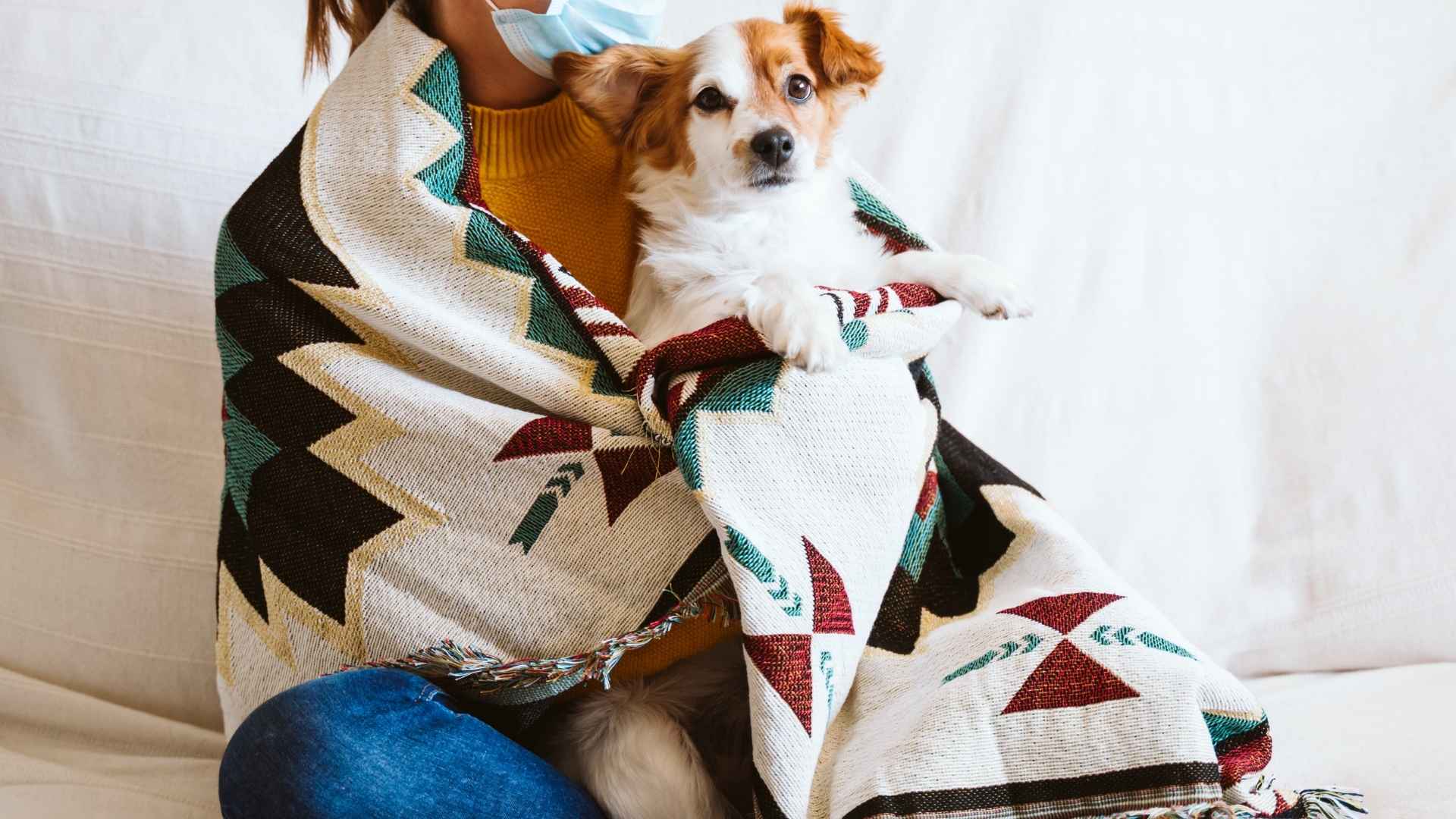Ever feel like your dog knows exactly when you need a little extra comfort? Some breeds take that intuition to the next level, grabbing blankets, nudging covers, or curling up close just to make sure you’re warm and cared for. These dogs don’t just snuggle; they go out of their way to tuck you in like furry little caretakers.
This endearing behavior isn’t just random. It often ties back to a breed’s natural instincts, whether that’s herding, guarding, or simply bonding closely with their humans. Dogs that cover their owners with blankets tend to be emotionally tuned in, incredibly loyal, and deeply affectionate. For them, sharing warmth isn’t just physical, it’s emotional.
In this article, we’re spotlighting seven dog breeds that go beyond companionship. These are the breeds most likely to gently drape a blanket over you, or themselves, and turn a quiet evening into something extra cozy.
Dog Breeds That Cover Owners With Blankets
1. Chihuahua
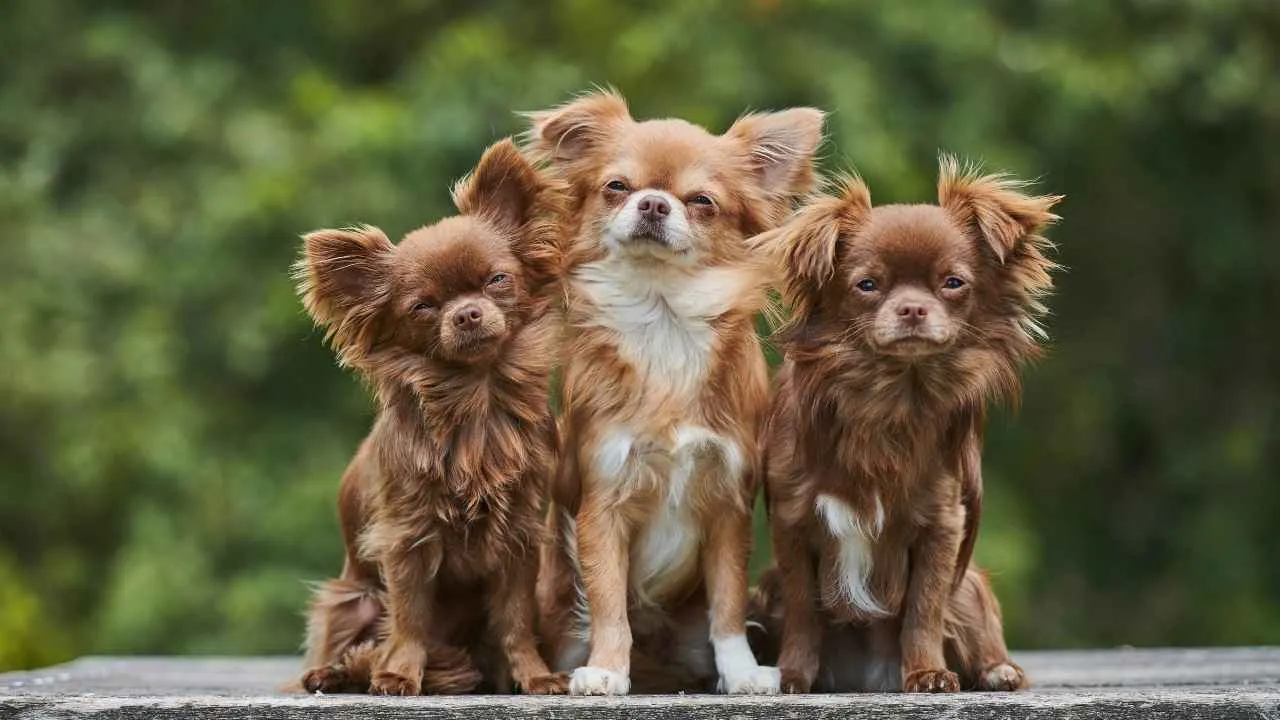
Breed Profile
Size: Extra Small
Temperament: Alert, loyal, affectionate
Origin: Mexico
Chihuahuas frequently burrow under blankets, pillows, or clothing, often pulling covers over themselves and anyone nearby. This behavior is driven by their need for warmth and security, and it’s common for them to nudge, paw, or curl under bedding next to their owners.
Their natural instinct to burrow can lead to surprisingly endearing habits, especially during colder nights or quiet moments on the couch. Bred originally as companion animals, Chihuahuas are highly attuned to their surroundings and form intense bonds with their humans.
Their small size and delicate frame contribute to their need for warmth, and they instinctively seek soft, enclosed spaces. This makes them likely to follow heat sources, climb into laundry piles, or nest under blankets whether or not a person is nearby.
They are known for being bold and vocal despite their size, with strong territorial instincts. Early socialization is essential to prevent excessive barking or reactivity. As described by the AKC, Chihuahuas are intelligent, expressive, and often develop strong preferences for routine, touch, and personal space management.
Quick Tips
Provide elevated or padded bedding for added warmth
Avoid overly thick blankets that may trap heat
Limit exposure to cold floors or drafts indoors
2. Dachshund

Breed Profile
Size: Small to Medium
Temperament: Clever, determined, affectionate
Origin: Germany
Dachshunds are natural burrowers, a trait inherited from their history of hunting badgers underground. It’s common for them to snuggle under blankets, tunnel into bedding, and nudge covers over themselves and nearby people. This instinctive behavior often includes dragging fabric or pawing at blankets until they’ve created a nest-like space for warmth and security.
The breed is physically compact but sturdy, with a strong prey drive and a surprisingly bold personality. They’re known for being both independent and affectionate, often shadowing their favorite person throughout the day.
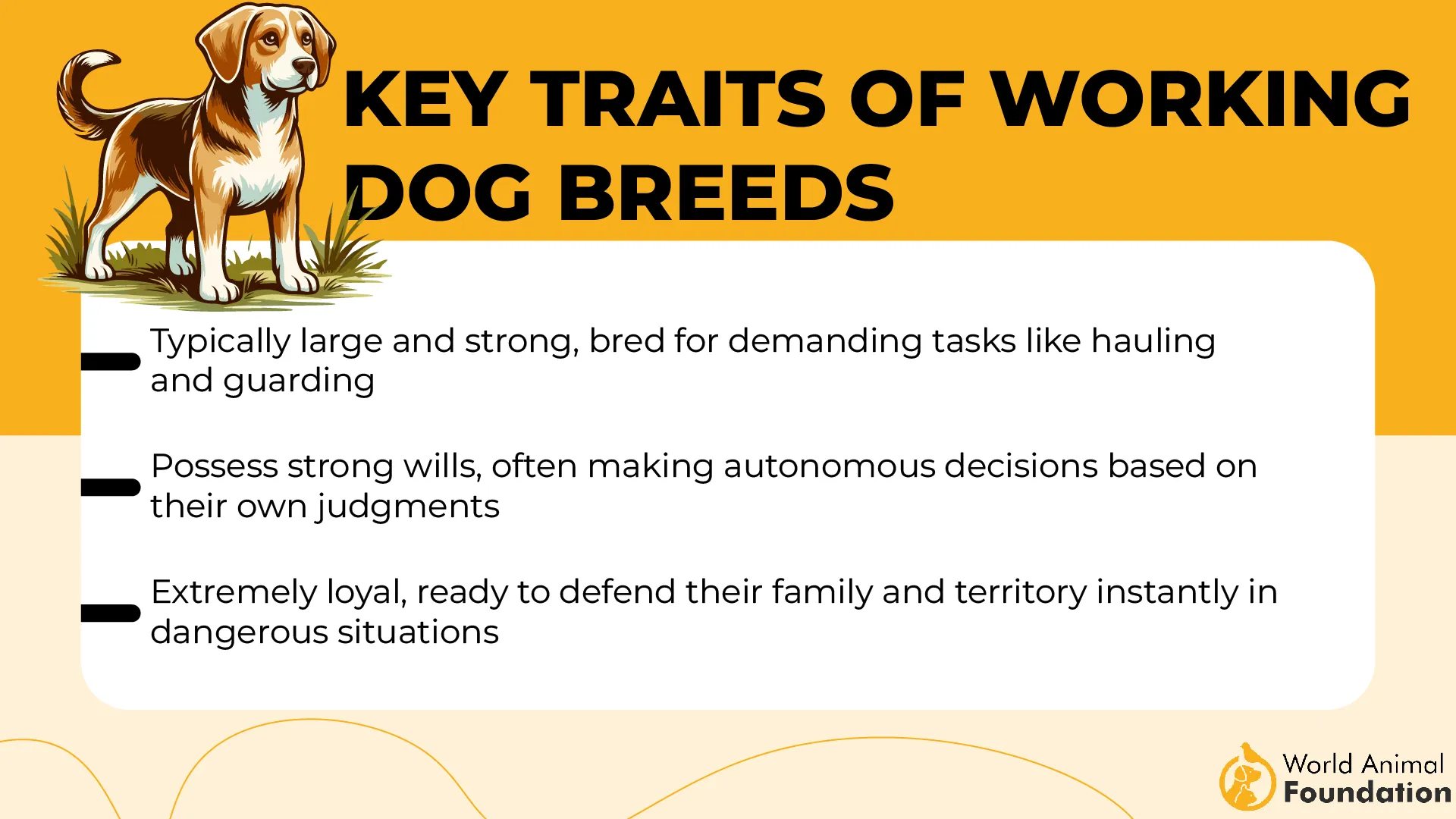
Though often perceived as stubborn, Dachshunds are intelligent and respond well to consistent, reward-based training, especially when routines are kept predictable.
Because of their long backs and short legs, it’s important to limit activities that could strain their spine. Soft bedding and ramps are recommended for safe movement around furniture.
According to Purina, they benefit from moderate exercise, mental engagement, and environments where they can express natural behaviors like digging and burrowing.
Quick Tips
Use multiple lightweight blankets in cooler seasons
Offer tunnel beds or small dens for nesting
Monitor climbing and jumping to protect their spine
3. Italian Greyhound
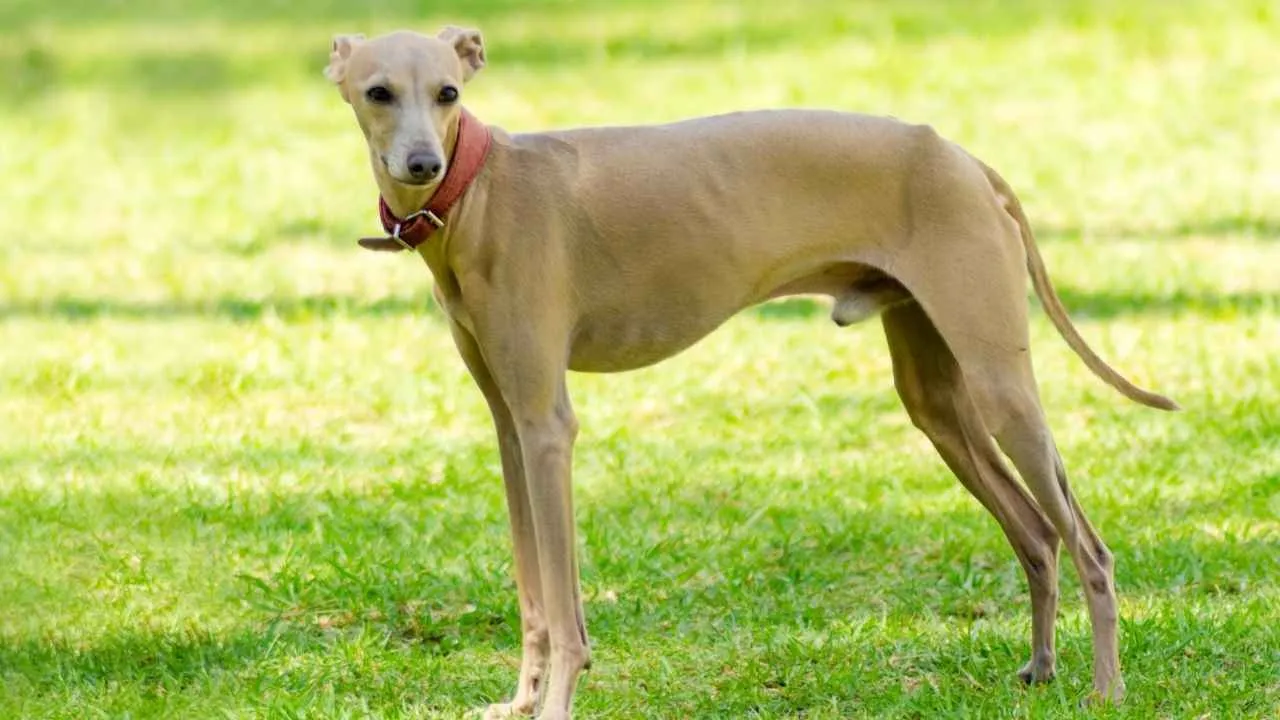
Breed Profile
Size: Small
Temperament: Sensitive, gentle, affectionate
Origin: Italy
Italian Greyhounds are drawn to warmth and are well known for slipping under blankets, tucking themselves tightly against their owners, or curling beneath fabric with just their nose peeking out.
Their slender build and short coat make them especially vulnerable to cold, driving their natural instinct to seek heat and soft shelter. Many will gently paw at covers or try to burrow into clothing or bedding to share body heat with their favorite human.
As a breed, they are affectionate but cautious, forming strong emotional bonds with one or two people. While playful and agile, they are also sensitive to tone and environment, often retreating to quiet, cozy spaces when overstimulated. Their physical fragility, especially their thin limbs, requires gentle handling and soft bedding to prevent injury during rest or sleep.
They are quick learners and thrive in calm, predictable environments. Their comfort-seeking tendencies make them highly appreciative of warmth, routine, and physical closeness. This breed thrives on companionship and requires soft, stable spaces to rest, especially in cooler climates.
Quick Tips
Provide heated beds or fleece-lined blankets
Avoid tile or cold floor surfaces during winter
Use sweaters indoors during colder months
4. Pug

Breed Profile
Size: Small
Temperament: Playful, affectionate, easygoing
Origin: China
Pugs are often found curled under blankets or wedged into warm spaces beside their owners. This behavior stems from their history as lapdogs in ancient China, where they were bred to provide companionship and comfort. Many will instinctively burrow or gently paw at bedding, pulling covers into place before settling down for a nap.
Their compact build and short coat offer minimal insulation, making them naturally drawn to warm environments. While sociable and curious, Pugs are known to prefer staying close to their humans, especially when resting. They often mimic human routines and may attempt to tuck themselves in when they see their owner getting cozy.
Despite their laid-back demeanor, Pugs are highly expressive and react visibly to changes in routine or comfort. They are prone to overheating, so blanket use should be monitored in warmer climates.
As noted by PDSA, Pugs require temperature regulation, gentle bedding, and close supervision during rest due to their brachycephalic build.
Quick Tips
Use breathable blankets to prevent overheating
Place beds away from direct heat sources
Limit physical activity right before sleep
5. Shih Tzu
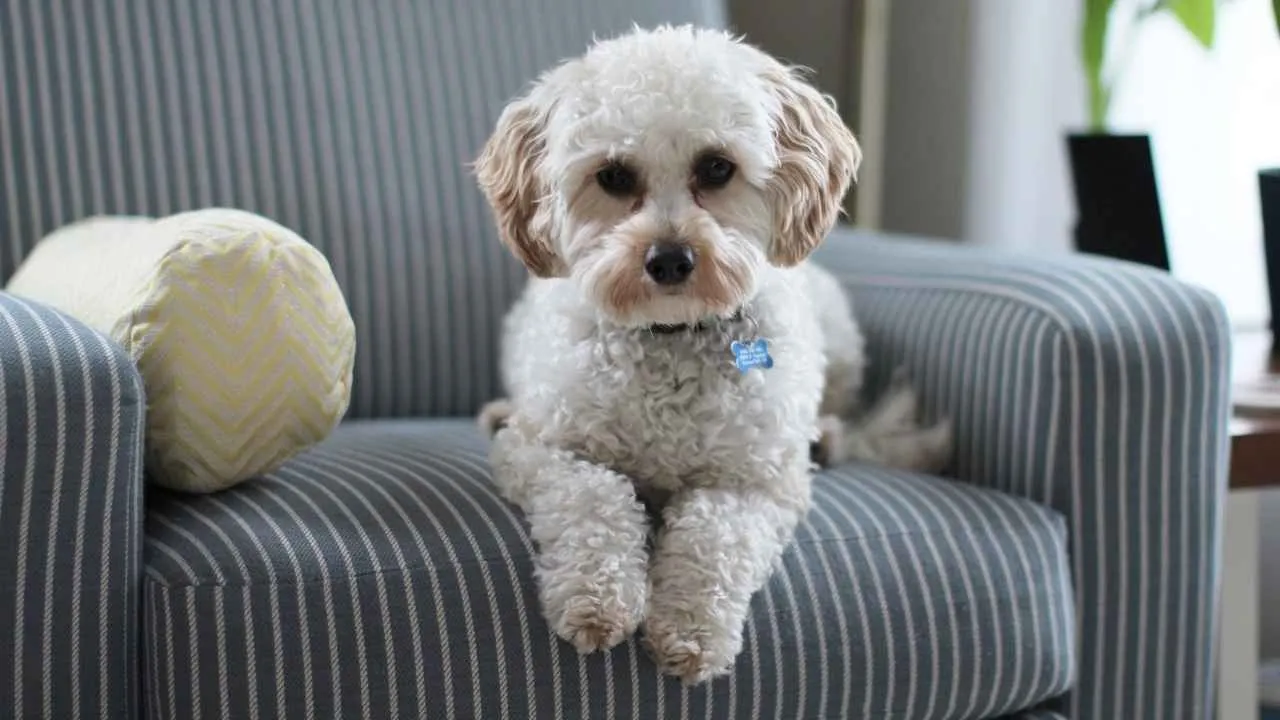
Breed Profile
Size: Small
Temperament: Gentle, affectionate, relaxed
Origin: China
Shih Tzus are often drawn to soft, warm spots, making them likely to burrow under blankets or gently nuzzle against their owners in bed.
Their behavior is rooted in a strong desire for closeness and comfort, typical of a breed originally bred to be royal lapdogs. Many Shih Tzus will nest in bedding, tug at covers, or quietly sneak beneath a throw for a nap next to their person.
Their long, flowing coat offers some insulation, but they still prefer warm, enclosed spaces, especially during rest. Despite being low-energy indoors, they stay alert and sensitive to their surroundings, often following household routines closely, including bedtime habits.
The breed is gentle and typically well-mannered, with a strong preference for quiet environments. Their affectionate nature makes them natural companions for calm, cozy moments. As noted by Hill’s Pet, they do best when kept close to their humans and enjoy routines that involve shared rest or downtime.
Quick Tips
Keep their coat trimmed around the eyes to prevent blanket matting
Use lightweight, soft fabrics to avoid overheating
Offer elevated beds to support their short legs and back
6. Greyhound
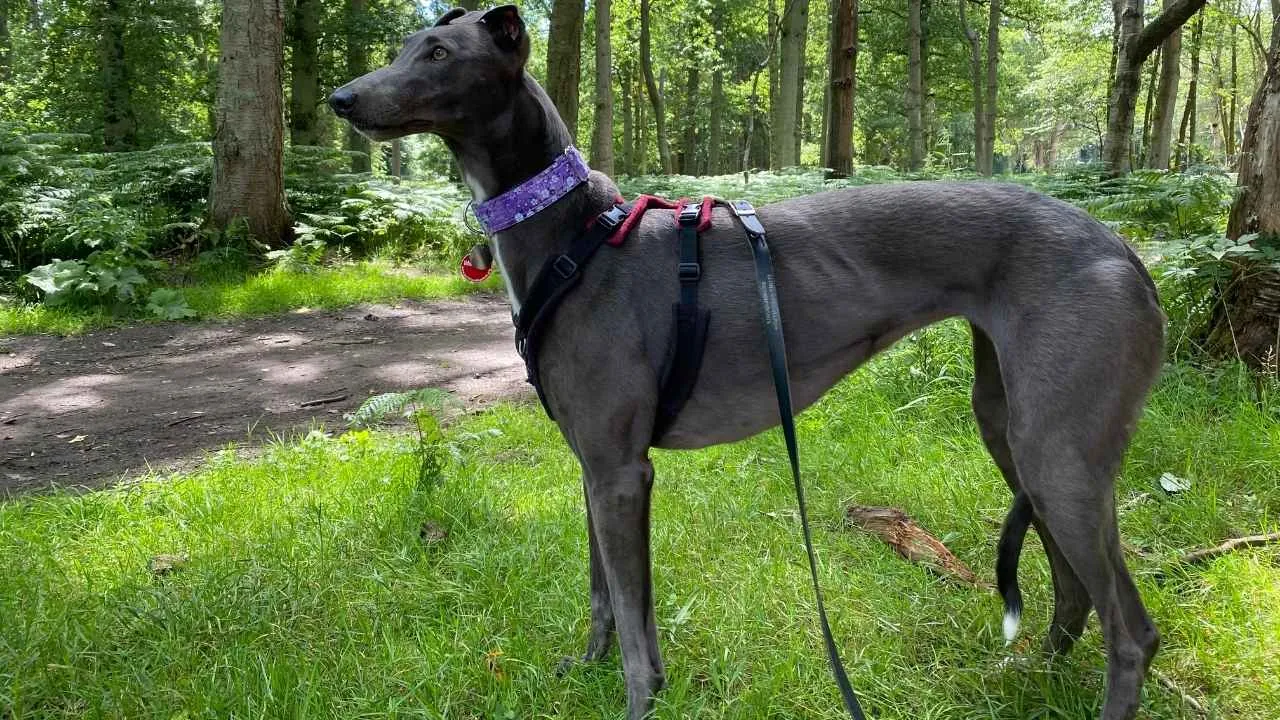
Breed Profile
Size: Large
Temperament: Calm, affectionate, quiet
Origin: United Kingdom
Despite their racing history, Greyhounds are one of the calmest indoor companions and are well known for their love of burrowing under blankets. Their thin skin and low body fat make them highly sensitive to cold, which drives their habit of tucking into bedding or curling under covers beside their owners. Many will carefully nudge a blanket with their nose or paws and nest themselves fully underneath it for warmth and security.
Greyhounds have a naturally relaxed demeanor and adapt easily to household routines. Though large, they are surprisingly gentle and do not need much space to feel comfortable.
These dogs thrive in quiet, low-stimulation environments and are often content lounging for most of the day, especially when paired with a warm blanket or soft bed.
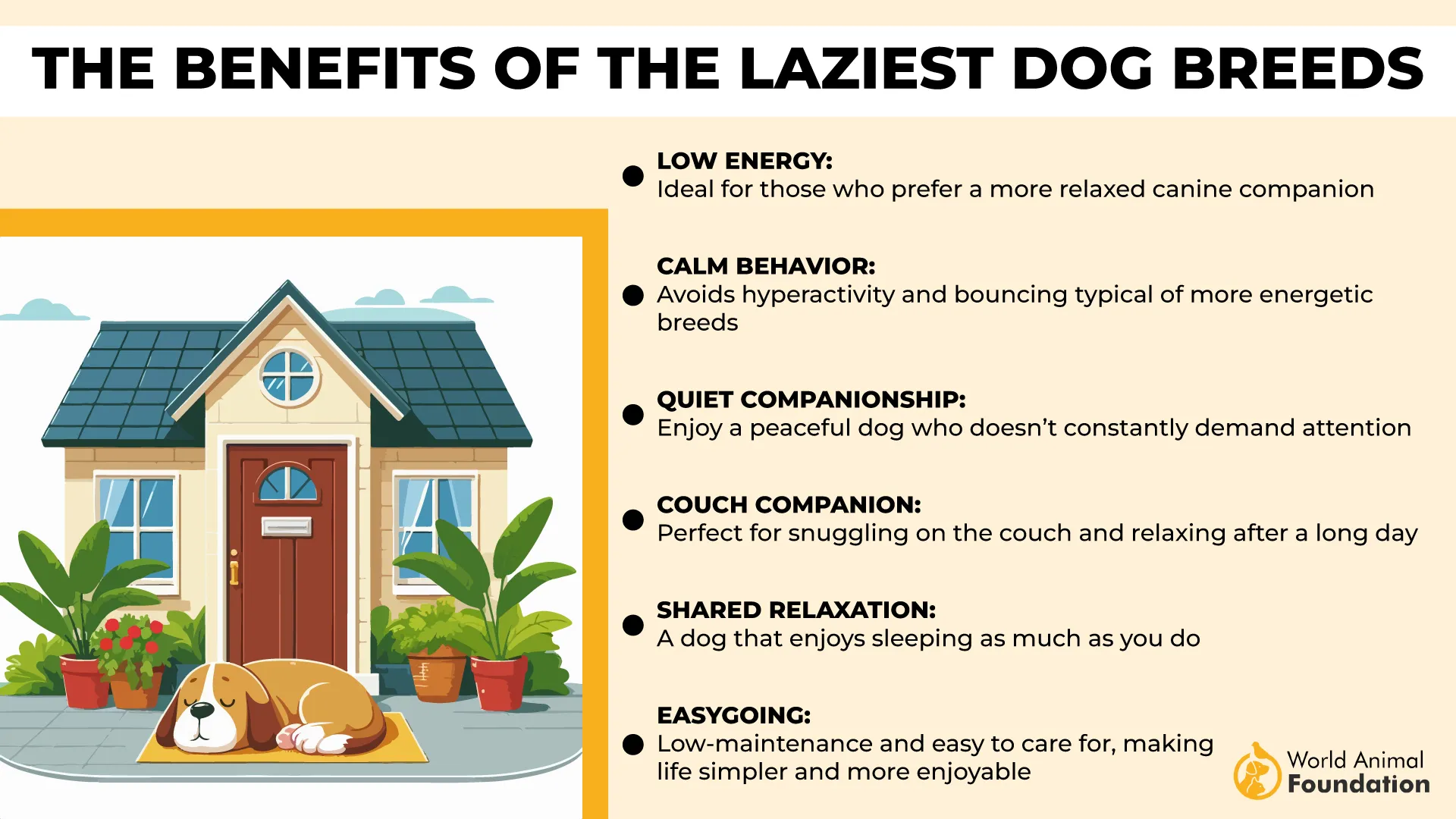
They are sensitive to noise and temperature shifts and should be protected from drafts and hard flooring. Greyhounds do best with soft bedding and indoor comfort, especially during cooler months.
Quick Tips
Provide fleece blankets or heated beds in winter
Avoid tile or hardwood floors for resting spots
Use coat or sweater during colder outings
7. Cavalier King Charles Spaniel

Breed Profile
Size: Small
Temperament: Gentle, affectionate, companionable
Origin: United Kingdom
Cavalier King Charles Spaniels are deeply bonded to their owners and often follow them from room to room—including to bed or the couch, where they frequently nuzzle beneath blankets. Their comfort-seeking behavior is an extension of their strong emotional connection to people.
Many Cavaliers will paw gently at fabric or subtly wiggle under a cover until they’re fully tucked in beside their favorite person.
This breed was developed specifically for companionship, and its behavior reflects that heritage. It is soft-tempered, eager to please, and unusually sensitive to human cues.
Cavalier Spaniels enjoy cuddling and rarely tolerate separation for long, often curling up against a leg or under an arm whenever they get the chance.
Though not demanding in terms of space or exercise, they thrive in peaceful environments where routines are steady. Their feathered coat offers moderate insulation, but they still seek out added warmth, especially in cooler months. Their gentle nature makes them ideally suited for shared relaxation and physical closeness.
Quick Tips
Brush regularly to prevent matting from blankets
Provide soft, padded bedding in low-traffic areas
Avoid leaving them alone for extended periods
Conclusion
Some dogs don’t just love their humans, they wrap themselves in bed covers or cozy spots beside them as part of a deeper, instinctual desire to feel safe and provide comfort. While most dogs enjoy sleeping near their owners, certain dog breeds are especially drawn to sleeping under the covers. These behaviors reflect a mix of personality traits, physical characteristics like thin coats or minimal body fat, and a breed’s preference for close contact.
Small breeds and lap dogs, in particular, often seek warmth and extra security, especially in cold temperatures. Their small stature, lean bodies, and history as indoor companions make them more likely to snuggle under blankets for additional warmth and to feel secure. Larger breeds with short fur or a longer coat but calm temperaments can show this cozy habit too.
Whether your four-legged friend was once bred for hunting small game or simply thrives on affection, many dogs love the comfort of sleeping under the covers. For pet owners, understanding this behavior is part of nurturing a happy, healthy bond with their best friend. With positive reinforcement and attention to each breed’s needs, dog lovers can help their canine companions breathe comfortably, stay warm, and sleep soundly.


